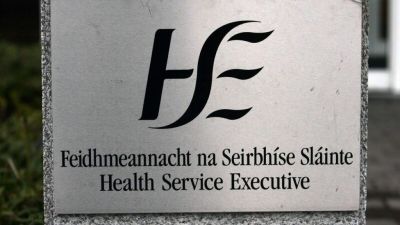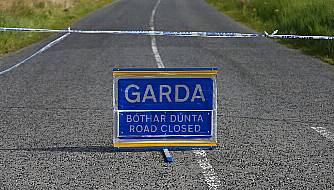The operator of Dublin Airport has claimed in High Court proceedings that local county councillors acted unlawfully in prescribing aircraft noise mitigation measures which could cost €1.8 billion.
The Daa seeks to quash part of Fingal County Council’s local development plan relating to councillors’ insertion of a statement relating to noise insulation and of a change to zoning of 6.7 hectares of Daa land.
It says the additions are invalid, irrational and beyond the elected members’ powers.
They were adopted at a council meeting last February against the recommendations of the council’s chief executive, it is alleged.
The council and An Bord Pleanála granted permission for the development of the airport’s north runway in decisions that provided for the establishment of voluntary noise insulation schemes for dwellings typically experiencing aircraft noise at 63 decibels.
The Daa claims the county development plan went on to include an objective to take measures to expand noise insulation to ensure noise levels reduce to below 40 decibels at night.
This considers “increasing knowledge and scientific evidence of the serious health impact of aircraft noise on the physical health of Fingal residents”, the insertion continues.
In a sworn statement to the court, the Daa’s head of planning, Jane Roche, said the proposed noise sound insulation scheme may exceed €1.8 billion.
The airport is already subject to a noise action plan, published by the council, for 2019 to 2023, she said.
There are “specific statutory processes by which aircraft noise at Dublin Airport is to be regulated and these are separate and distinct from the process by which the development plan is made”, she added.
Ms Roche said she has been advised that the elected members exceeded their jurisdiction and have “improperly and unlawfully interfered or sought or purported to interfere” with the regulation of aircraft noise”.
Recommendation
The Office of the Planning Regulator wrote to the Minister of State for Local Government and Planning in March recommending the deletion of the noise insulation amendment in the plan, she said.
The development plan came into effect last month, but this amendment was paused pending the decision of the Minister as to whether to issue a direction on this issue, she said.
If the Minister issues a direction to delete this alteration, part of the Daa’s proceedings may become moot, said Ms Roche. However, the operator cannot assume such an outcome.
The second relevant amendment changed the zoning of a 6.7-hectare site from “Dublin Airport” to “community infrastructure” at the Aer Lingus Social and Athletic Association, she said.
The association currently occupies the lands under a licence from the Daa, she said, and it is necessary that these lands be zoned for the airport to facilitate future operational needs and development.
This week at the High Court, Mr Justice Richard Humphreys gave permission for the Daa to pursue its case against the council.
The application for leave was moved by barristers Fintan Valentine SC and Aoife Hughes, who also successfully applied for the case to be admitted into the High Court’s commercial planning list.

The council, represented by barrister Christopher Hughes, did not object to the matter entering the list.
In its judicial review action, the Daa alleges, among other grounds, that the local authority failed to have proper regard to a noise management document of the International Civil Aviation Organisation, to which Dublin Airport is subject.
The insertion of the section is also contrary to the European Communities (Environmental Noise) Regulations of 2018 and to the Noise Action Plan for Dublin Airport from 2019 to 2023, the Daa claims.
The case was adjourned to a date later this month.







